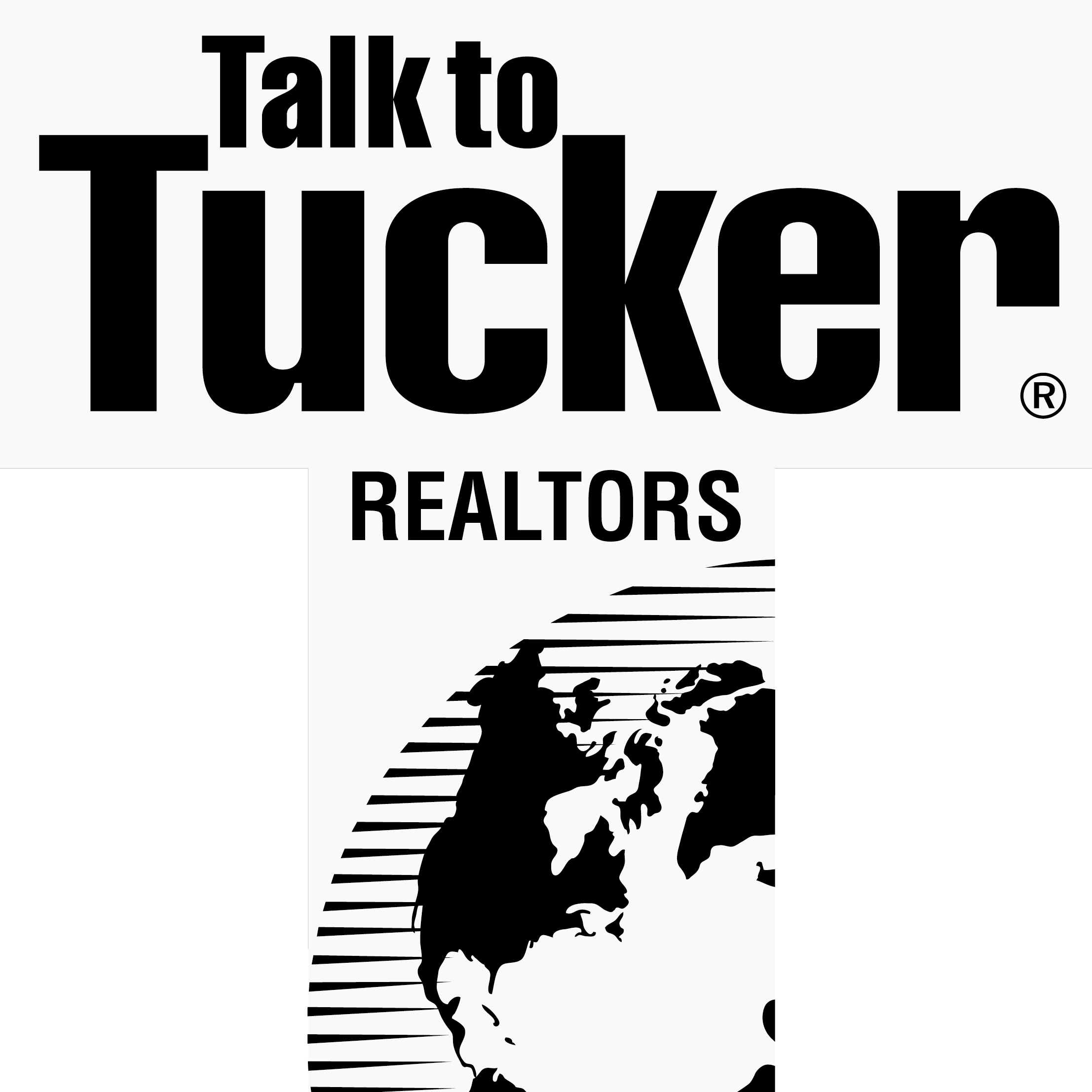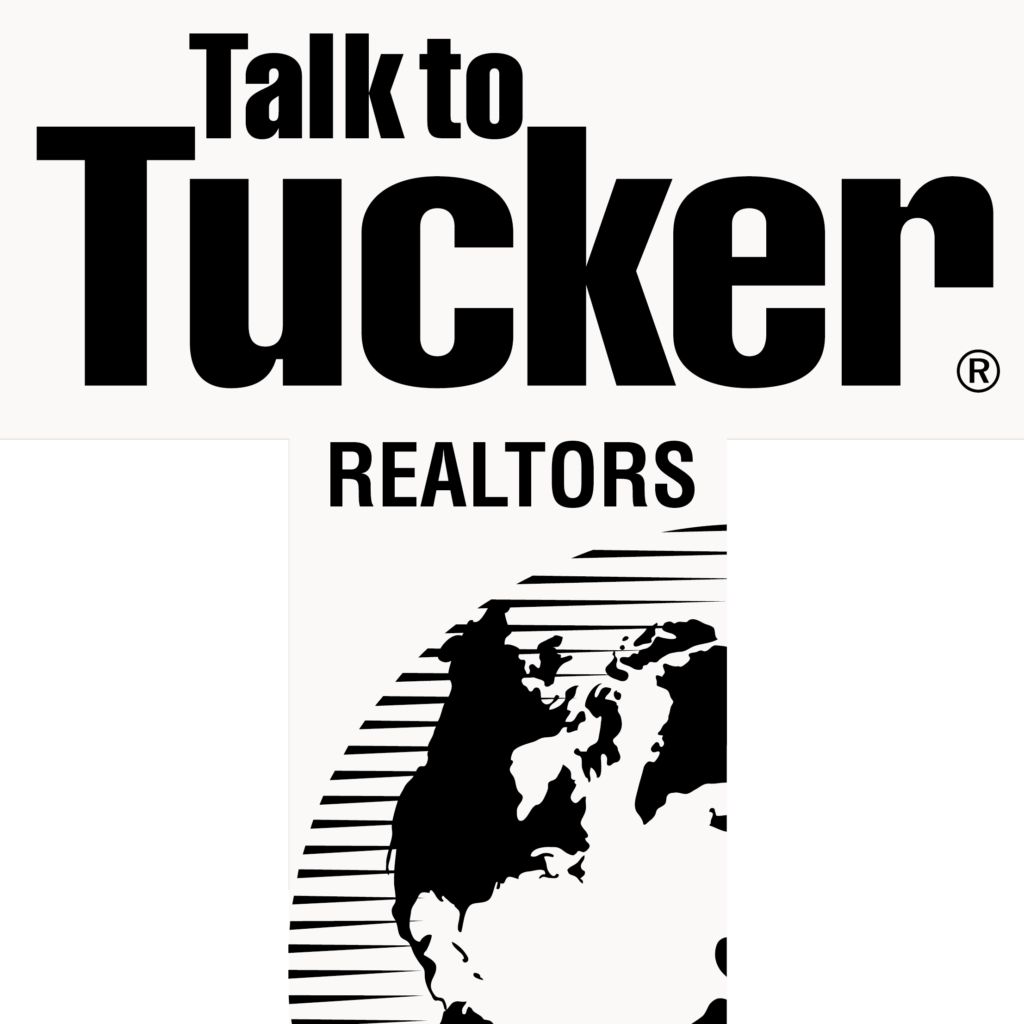The real estate industry is heavily influenced by the prevailing interest rates, which impact everything from property values to mortgage affordability. In a higher interest rate environment, financing challenges become more pronounced, affecting both investors and homebuyers. Understanding these challenges is crucial for navigating the market and making informed decisions.

Impact on Mortgage Rates
One of the most direct effects of a higher interest rate environment is the increase in mortgage rates. As central banks raise interest rates to combat inflation or manage economic growth, lenders pass these higher costs onto borrowers. For homebuyers, this means higher monthly mortgage payments, which can significantly reduce affordability. For example, a 1% increase in mortgage rates can result in hundreds of dollars more in monthly payments, depending on the loan amount.
Decreased Borrowing Power
As interest rates rise, the amount that borrowers can afford to finance decreases. This is because a larger portion of the borrower’s income must go towards paying interest, leaving less available for the principal. This decreased borrowing power can lead to a reduction in home prices, as buyers are no longer able to afford the same amount of house they could in a lower interest rate environment. Additionally, sellers may need to adjust their pricing expectations to match the reduced demand.
Refinancing Becomes Less Attractive
In a higher interest rate environment, refinancing existing mortgages becomes less attractive. Homeowners who locked in lower rates during periods of low interest will be reluctant to refinance at higher rates, even if it means they could benefit from accessing equity or consolidating debt. This reluctance can slow down the real estate market, as fewer homeowners are incentivized to sell or upgrade their properties.
Challenges for Real Estate Investors
Real estate investors face unique challenges in a higher interest rate environment. Higher borrowing costs can reduce the profitability of investment properties, especially if rental income does not increase proportionally. Additionally, the higher cost of capital can make it more difficult for investors to finance new acquisitions or develop new projects. This can lead to a slowdown in real estate development and a more cautious investment climate.
Increased Cost of Construction Loans
For developers, the cost of construction loans also rises with interest rates. These loans are typically short-term and variable-rate, meaning that as interest rates climb, the cost of financing a construction project can become prohibitive. This can lead to delays or cancellations of planned developments, further constraining the supply of new housing or commercial properties in the market.
Implications for Commercial Real Estate
Commercial real estate is particularly sensitive to changes in interest rates. Higher rates can impact the capitalization rate (cap rate), which is used to value income-producing properties. As interest rates rise, the required return on investment for investors increases, leading to higher cap rates and, consequently, lower property values. This can make it more challenging for commercial real estate investors to achieve their desired returns, particularly in sectors like office or retail, which may already be facing headwinds.
Mitigating Strategies
In a higher interest rate environment, both investors and homebuyers need to employ strategies to mitigate the impact of rising costs. Some options include:
- Locking in Rates Early: Borrowers can benefit from locking in mortgage rates before further increases occur.
- Adjustable-Rate Mortgages (ARMs): While riskier, ARMs can offer lower initial rates that may be advantageous in certain economic conditions.
- Increasing Down Payments: A larger down payment can reduce the amount financed and the overall interest paid.
- Exploring Alternative Financing: Some investors may turn to private lenders or creative financing solutions to fund their deals.

Conclusion
Navigating a higher interest rate environment presents significant challenges for both individual homebuyers and real estate investors. Understanding the impact of rising rates on borrowing power, mortgage affordability, and investment returns is crucial for making informed decisions. By adopting proactive strategies and staying informed about market trends, real estate participants can better position themselves to weather the challenges of a higher interest rate landscape.

